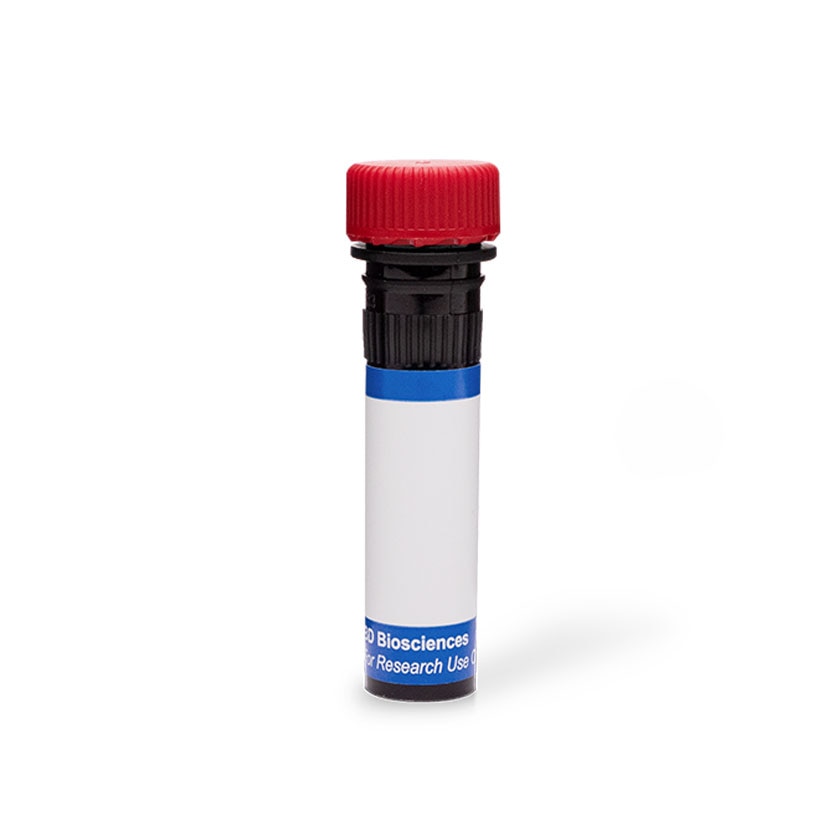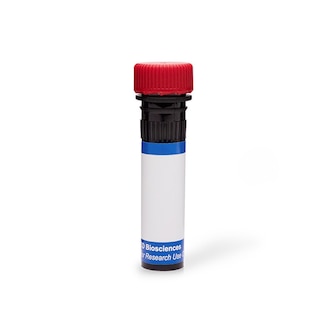CD90 (Thy-1) is a GPI-anchored membrane glycoprotein of the Ig superfamily which is involved in signal transduction. The OX-7 monoclonal antibody specifically binds to rat CD90 reported to be expressed by hematopoietic stem cells, early myeloid and erythroid cells, immature B lymphocytes in the bone marrow and peripheral lymphoid organs, thymocytes, recent thymic emigrants (a subset of CD45RC- peripheral T lymphocytes), neurons, glomerular mesangial cells, endothelium at inflammatory sites, mast cells, and dendritic cells. Rat dendritic epidermal T cells (DEC) have been reported to be CD90 (Thy-1) negative, unlike those of the mouse.
The OX-7 clone has been reported to crossreact with the mouse CD90.1 (Thy-1.1) alloantigen of the AKR/J and PL strains, but not CD90.2 (Thy-1.2) found on many mouse strains. In the mouse, CD90 is found on thymocytes, most peripheral T lymphocytes, some intraepithelial T lymphocytes (IEL, DEC), hematopoietic stem cells, and neurons, but not B lymphocytes. In addition, there is evidence that CD90 mediates adhesion of mouse thymocytes to mouse thymic stroma. The OX-7 clone has also been reported to crossreact with rabbit and guinea pig thymus, brain, and intestine.




